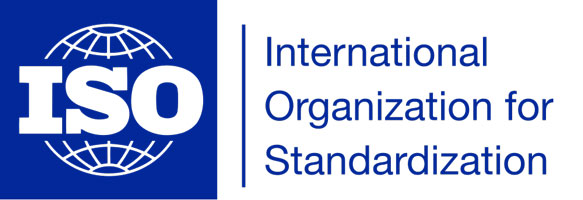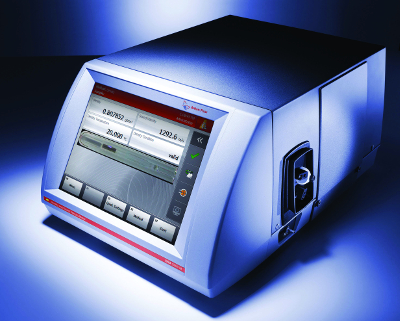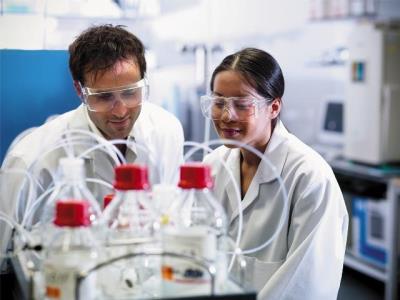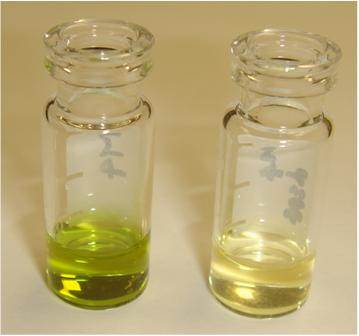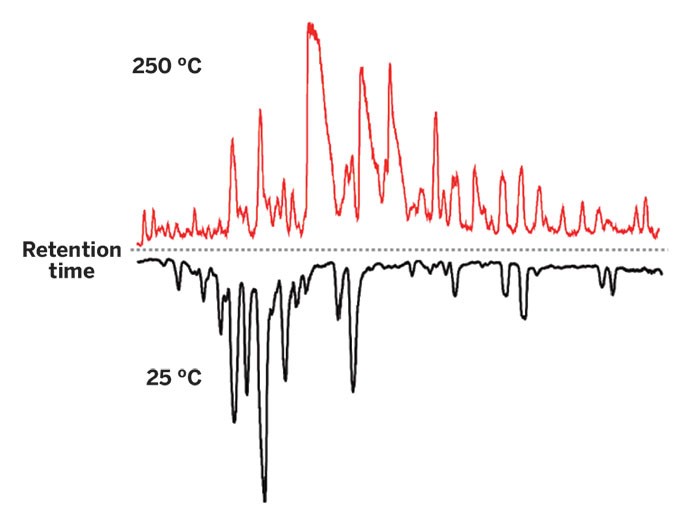ISO Revises Food Industry Standard for Microbiological Testing
Having access to safe and nutritious food is essential. Meat, fish, dairy products, eggs, shellfish, etc., contain significant microbial flora and this can affect our health. Therefore, it is important to identify the microorganisms to maintain food safety but the microbial flora can also affect, if not controlled, the quality of food and its shelf [Read More...]

